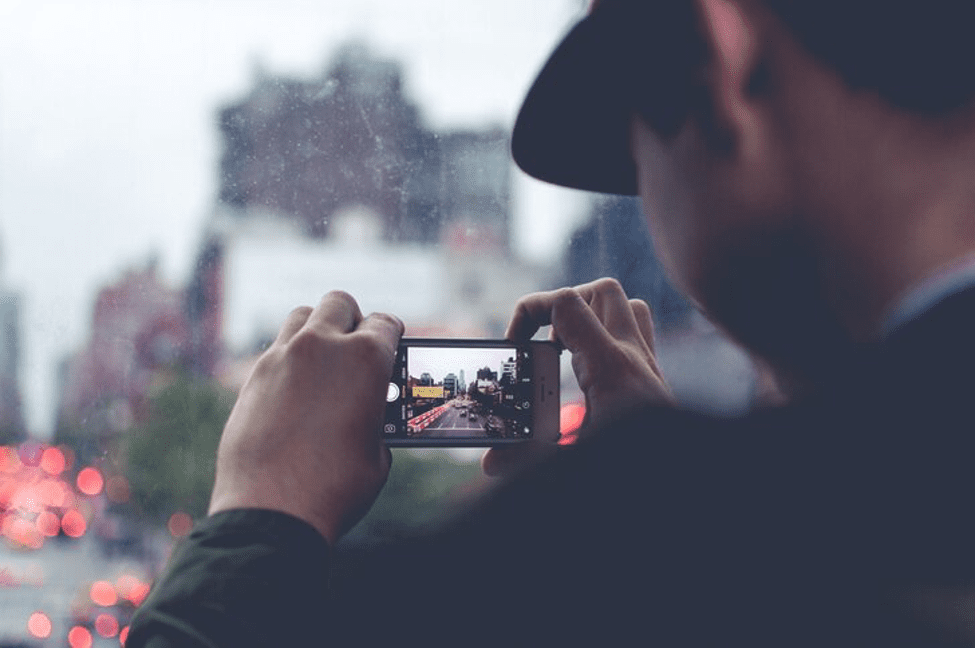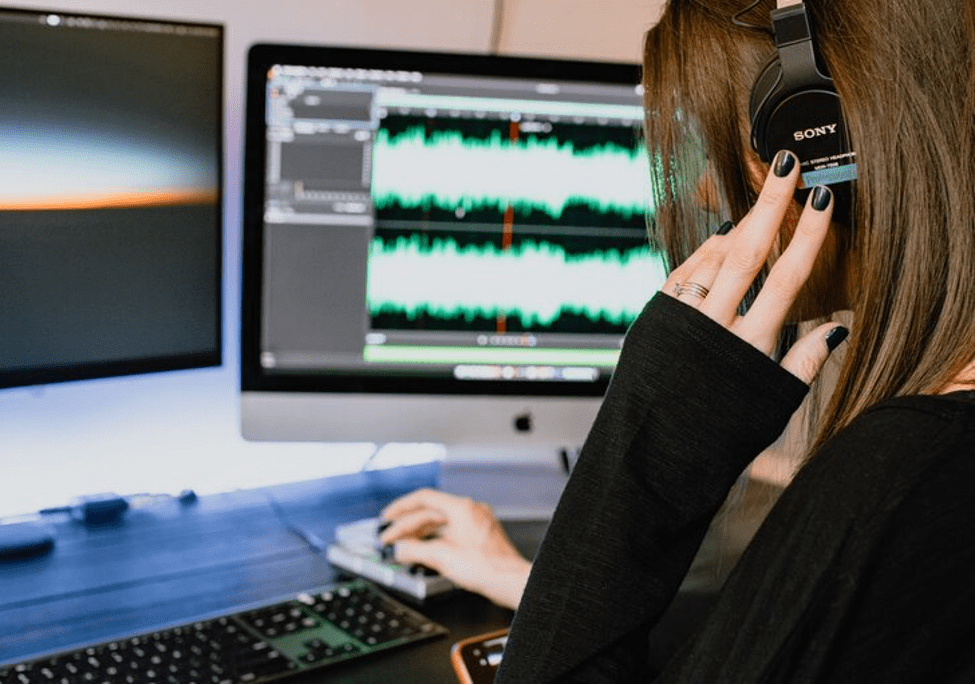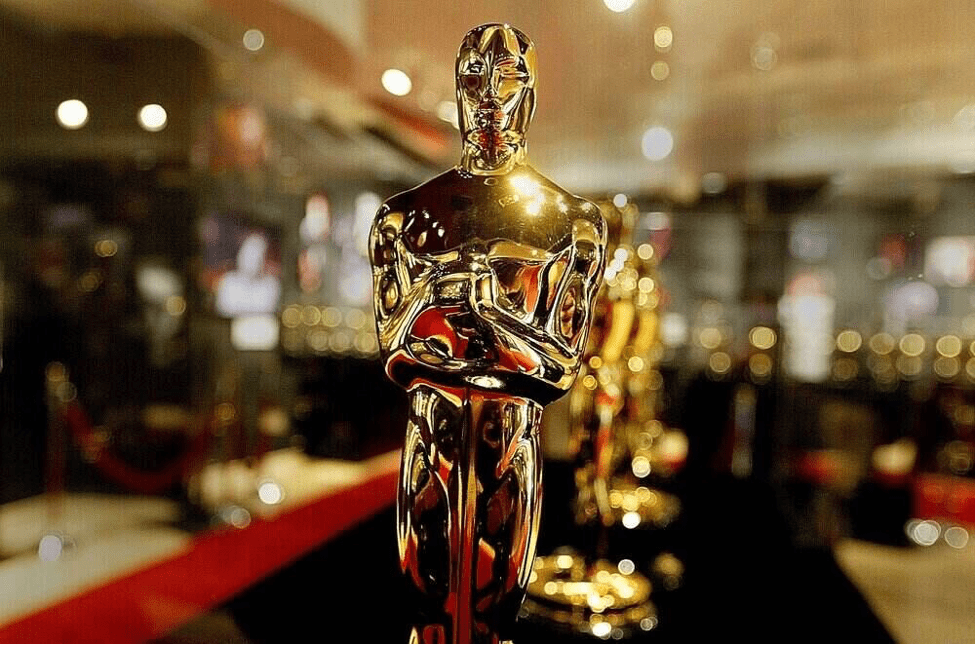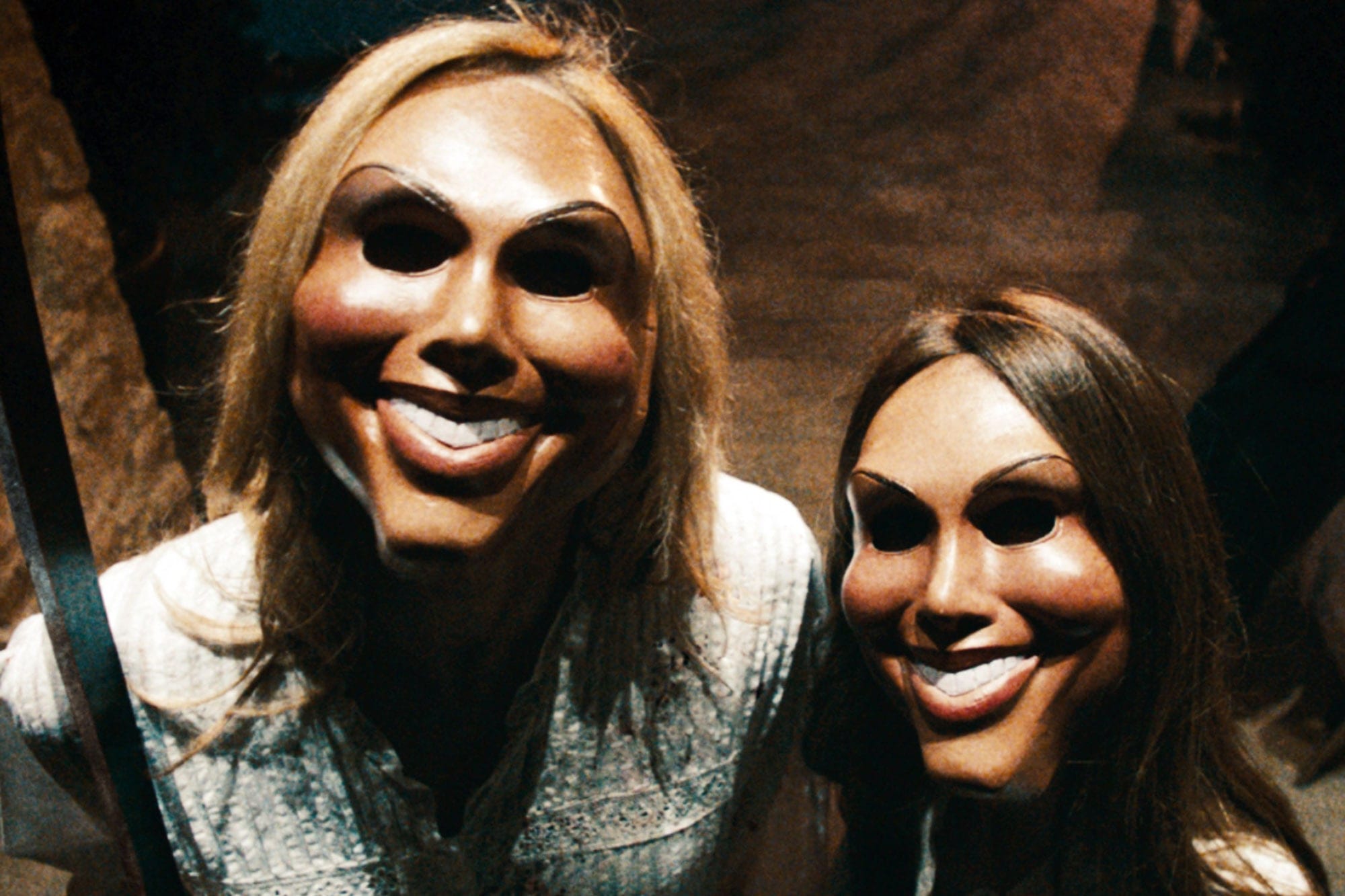Over the past year, the pandemic has confined people to their homes, but it hasn't stopped them from keeping themselves entertained. People have been busy mastering Dalgona coffees, accepting fitness challenges, and filming short videos from their smartphones. And TBH, some of them are really good!

Charlotte Butcher/Unsplash | A new league of smartphone filmmakers has emerged during the pandemic, and some of them are really good
If we talk specifically about the emerging breed of smartphone filmmakers, many of them have showcased serious talent. But of course, since not all of them are professionals, there are a bunch of amateur videos floating around the internet.
If you too are interested in making such films but are confused about the fundamentals, we've got just the right guy to help you out. Today we'll share smartphone filmmaking tips from Rob Leach, a UK-based filmmaker. Without delaying it further, let's jump right in.
Use a professional filmmaking app
Often beginners avoid using a professional filmmaking app thinking that their phone's camera would suffice. What they forget is that a smartphone's camera doesn't have much control over the exposure and focus. That's why they should use a professional app like FiLMiC Pro, which enables adjusting the features according to needs.
Make sure to lock your AWB (Automatic White Balance)
Many people neglect AWB while filming, and that's a hell of a mistake. What AWB does is that it estimates the color temperature of the scene. So when it's not locked, it causes a different color shift on the pictures and makes the film look odd. Therefore, you should make sure you lock your AWB before shooting scenes.

William Bayreuther/Unsplash | Make sure you lock your phone’s Automatic White Balance before shooting scenes
Maintain a balance between FPS and shutter speeds
Leach advises people to maintain a balance between FPS (Frames Per Second) and shutter speed to avoid jittery footage. FPS and shutter speed help in attaining motion blur, which makes the film look natural to viewers. He recommends filmmakers double their FPS and align it with their shutter speed. For instance, if your FPS is twenty-four, your shutter speed should be one over forty-eight to get the perfect motion blur.
Always keep ND Filters handy
Leach describes ND Filters (Neutral-Density Filters) as sunglasses for the camera. When filmmakers place an ND filter over their camera, they stop light from entering the sensor, and in turn, they can control the FPS and shutter speed more effectively. Plus, it also enhances the background providing more crisp images.
Keep your audio in check
Capturing bang on audio is the trickiest part of filmmaking. Often silly mistakes like filming in an empty room or a large space affect the audio quality. It’s important to remember that viewers can accept everything but not a film with bad audio. Hence one should try to cover these mistakes by making a silent film or a film with ambient audio.

Kelly Sikkema/Unsplash | Smartphone audio is often the weak point of films shot with them. Thus, make sure you make the proper adjustments to deliver the proper experience
Summing it up
The smartest tip anyone could give you is to be careful about the minutest details. Many times, beginners and even intermediate filmmakers think that just because they’re filming on a smartphone, they can overlook some things. But they forget that nothing remains hidden from eagle-eyed viewers. So stay true to your work and be passionate about it.




